Ten years. That’s how long it’s been since the Ford Focus was Britain’s biggest-selling car over a full calendar year. That, to me at least, seems like ‘blink and you’ll miss a decade’ territory.
It seems like just a moment ago that Ford so memorably imposed such a reassuring state of order on the UK car market, at least to road testers like me – one that lasted a full decade. The Blue Oval created a family hatchback that was a much better drive than anything else like it: the original 1998 Focus. Britain had some of the best roads in Europe on which to demonstrate its qualities. And, sure enough, Britons responded. The Focus became this country’s biggest-selling car.
And still, even though for every calendar year since 2008 the car has been beaten by its little brother the Ford Fiesta (and increasingly by one or two other big-hitters) in the UK’s annual registration charts, the launch of a new-generation Focus – this the fourth of them – feels like a big occasion.
So we’ve convened a welcoming committee: not quite every family hatchback in the class – just the ones from well-known volume brands that we believe could give it some serious competition. We’ve left out the ‘compact premium’ players, on the basis that doing so ought to make for a simpler, closer and more interesting contest. But among the cars we have included is the recently introduced Kia Ceed, fresh from an encouraging endorsement in the Autocar road test, albeit in diesel-engined form.
When gathered around a common £22,000 price point, then, and propelled by similarly powerful petrol engines, which is 2018’s best new family hatchback?
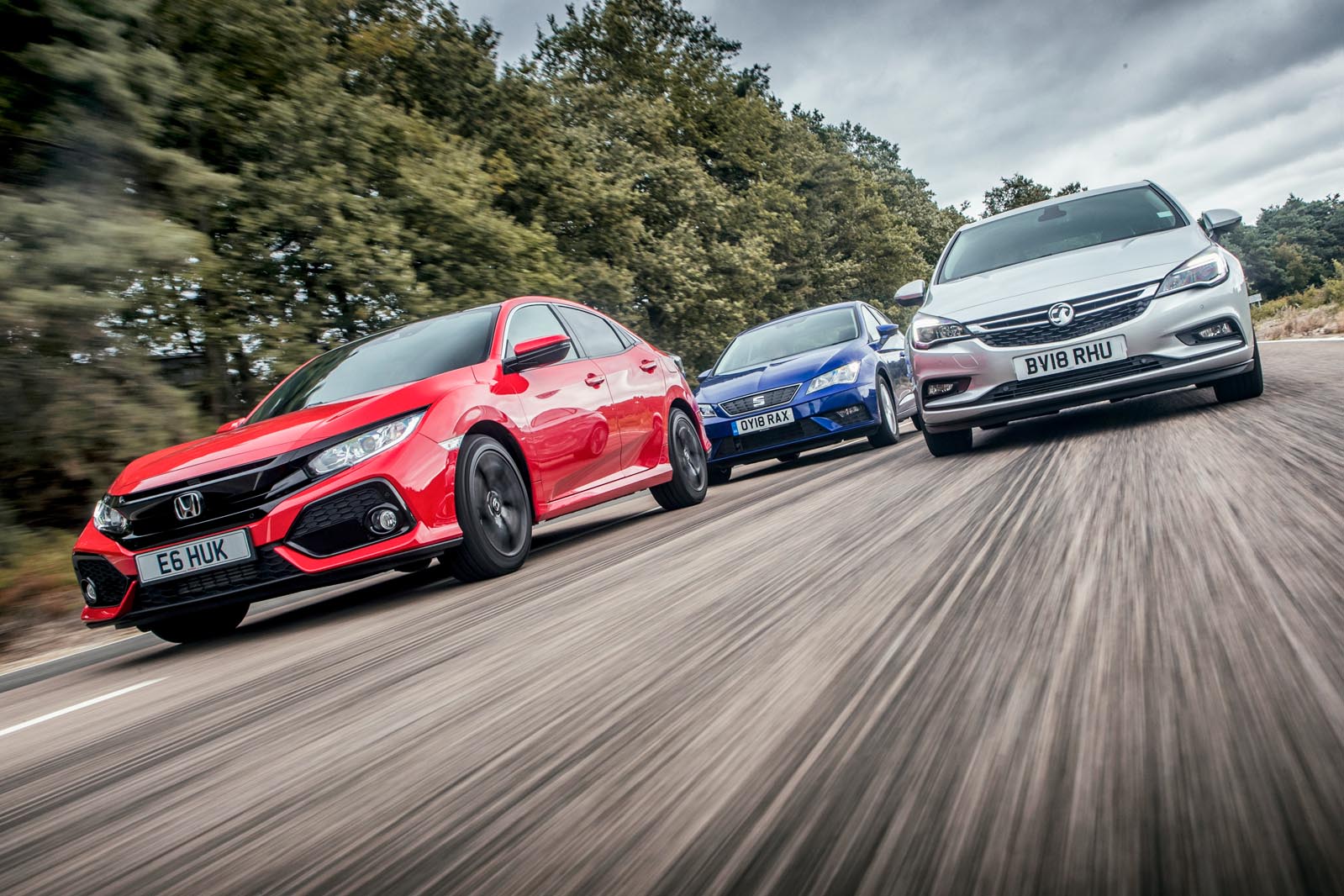
Missing the cut:
9th Peugeot 308: Given that this field might have swollen to something approaching 20 cars if we’d included every family hatchback on the market, ninth place isn’t such a terrible result for Peugeot’s four-year-old 308.
It made it into the starting blocks on the basis that’s it’s a handsome and desirable hatchback with a characterful engine and a pleasant, quietly ritzy interior, facts that none of our testing confounded.
So what damned this former European Car of the Year? The answers, simply put, are disappointing practicality, average real-world economy and soft, uninspiring handling.
The 308 has the least spacious second row of all the cars here; its boot may be of a good size, but the sense that the former has been sacrificed for the benefit of the latter is a compromise that none of the rest of our field asks you to accept.

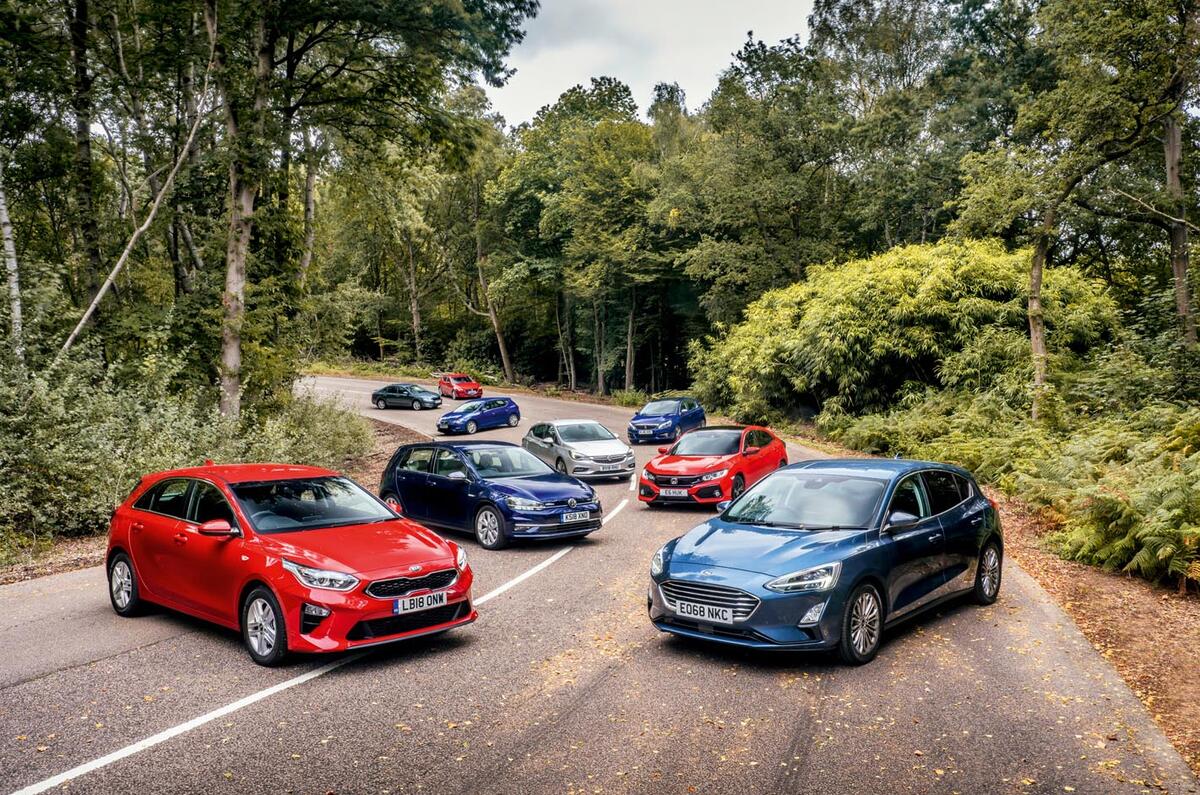
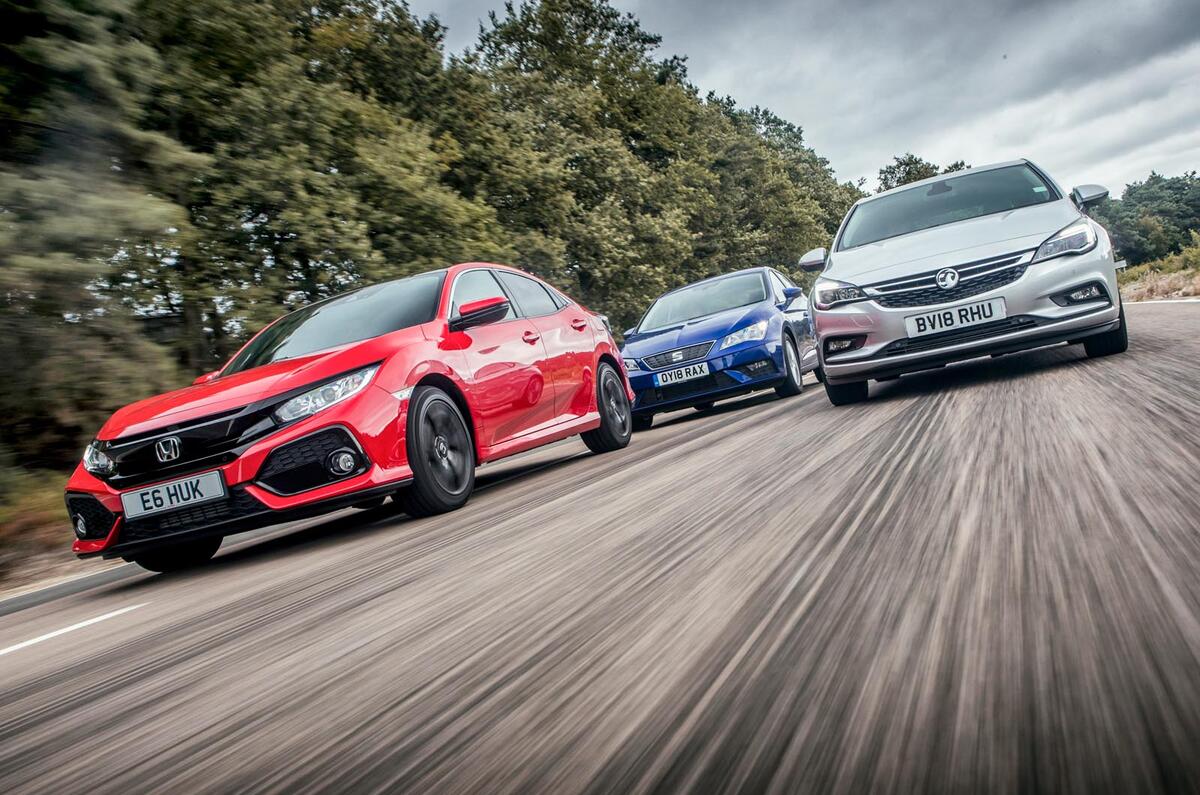
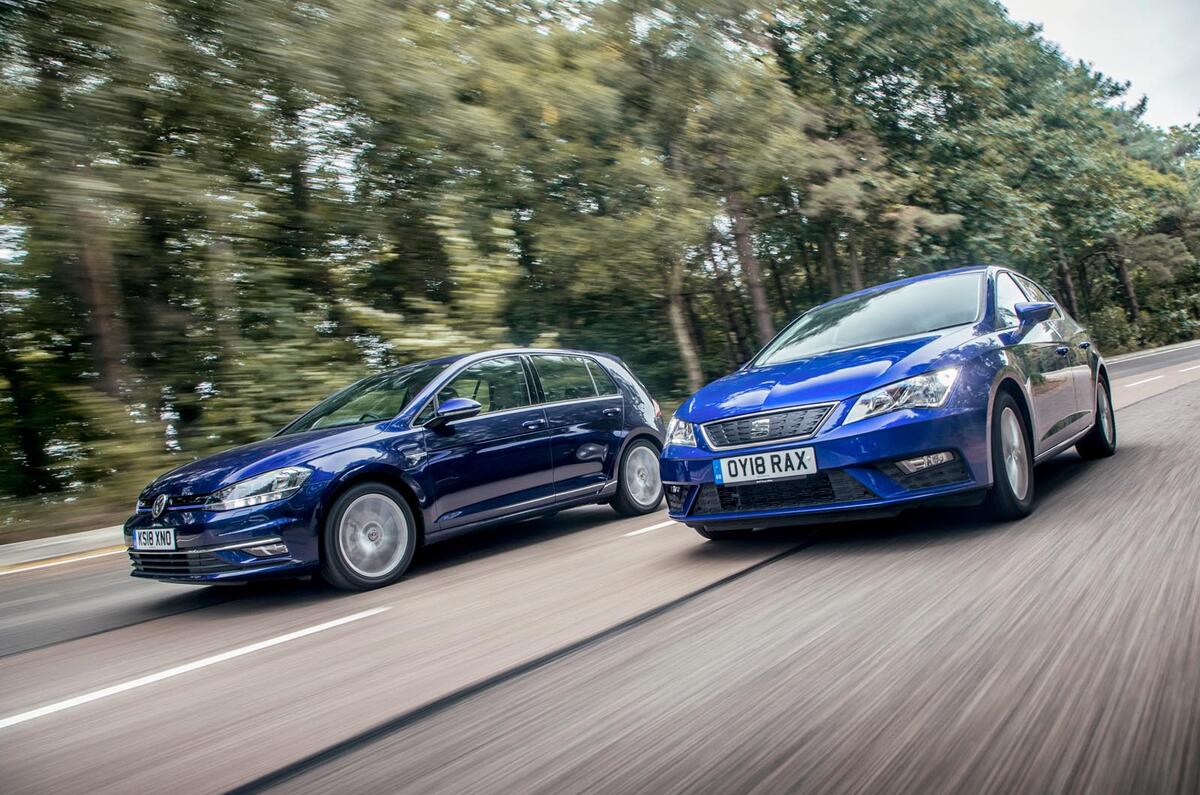
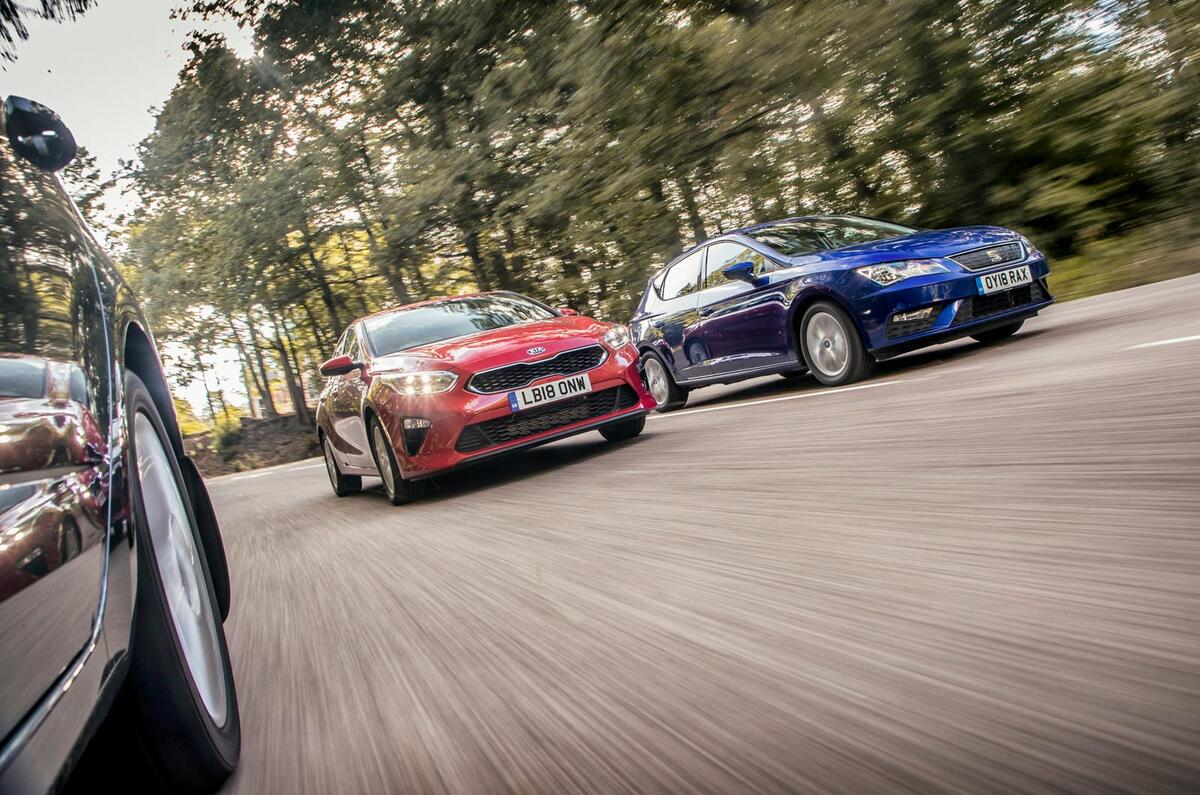
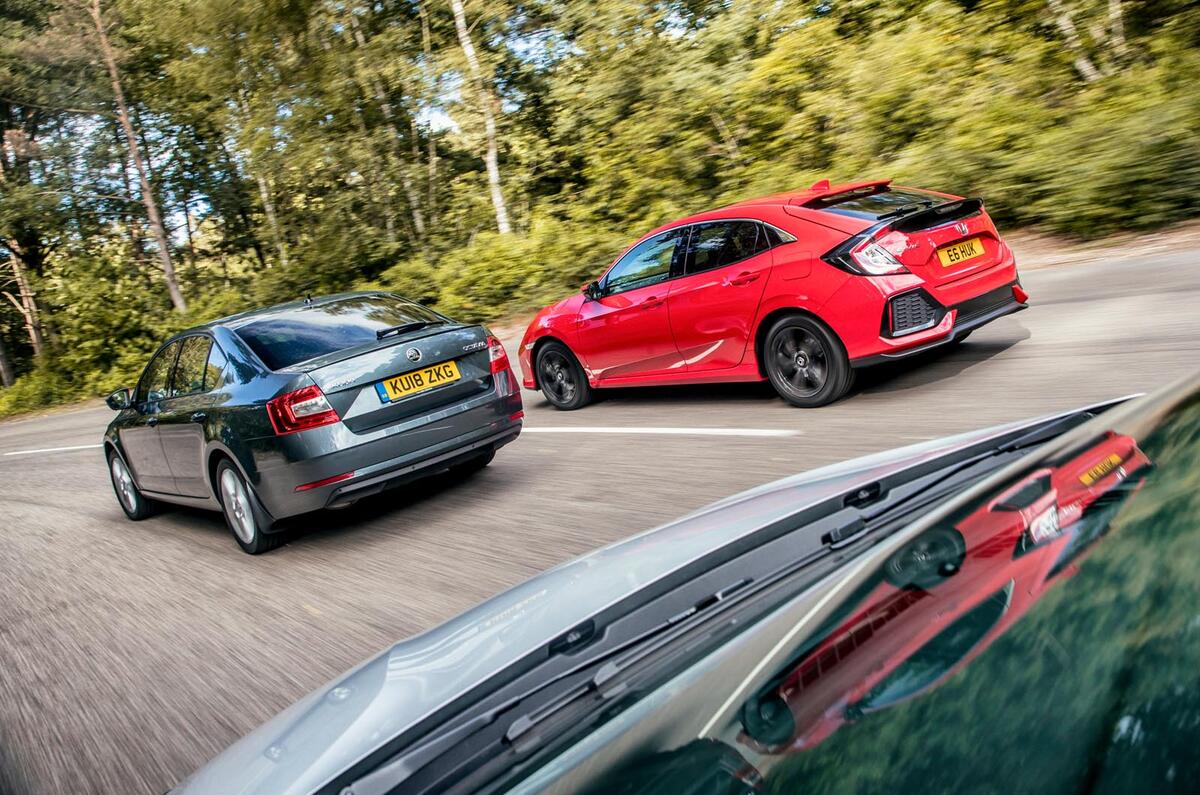
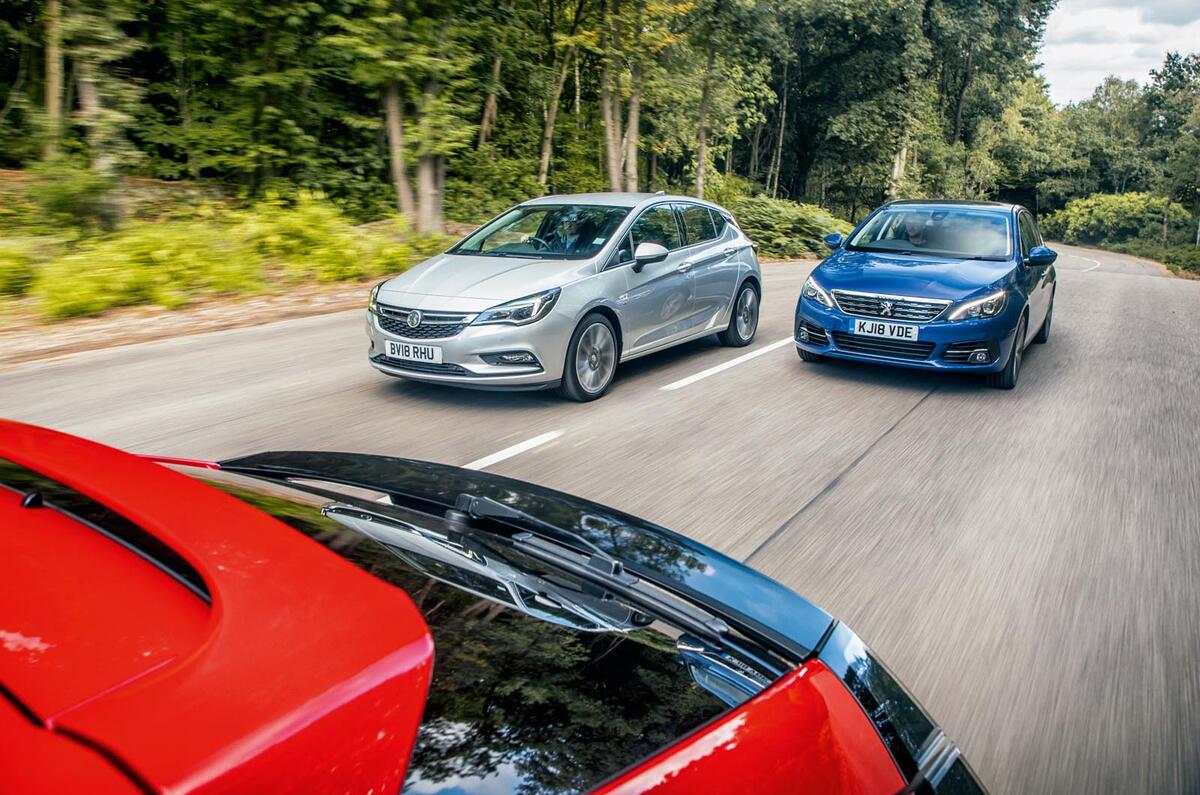
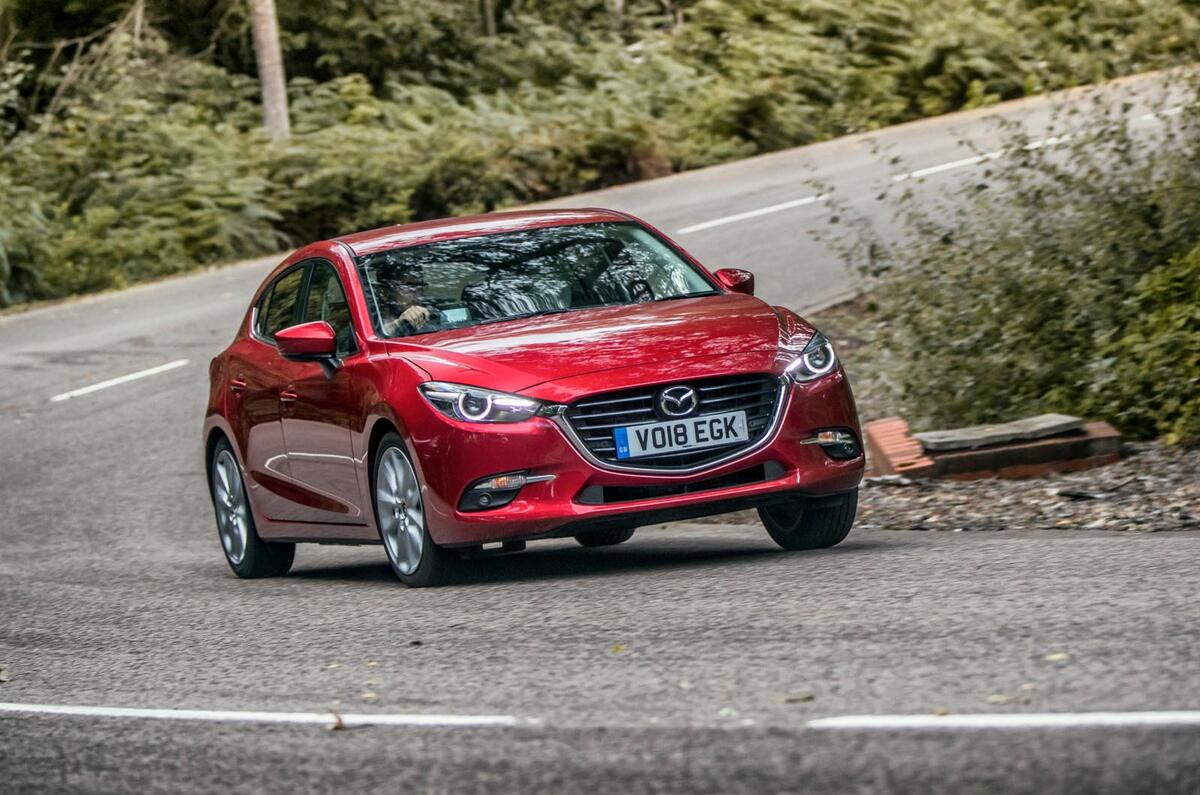
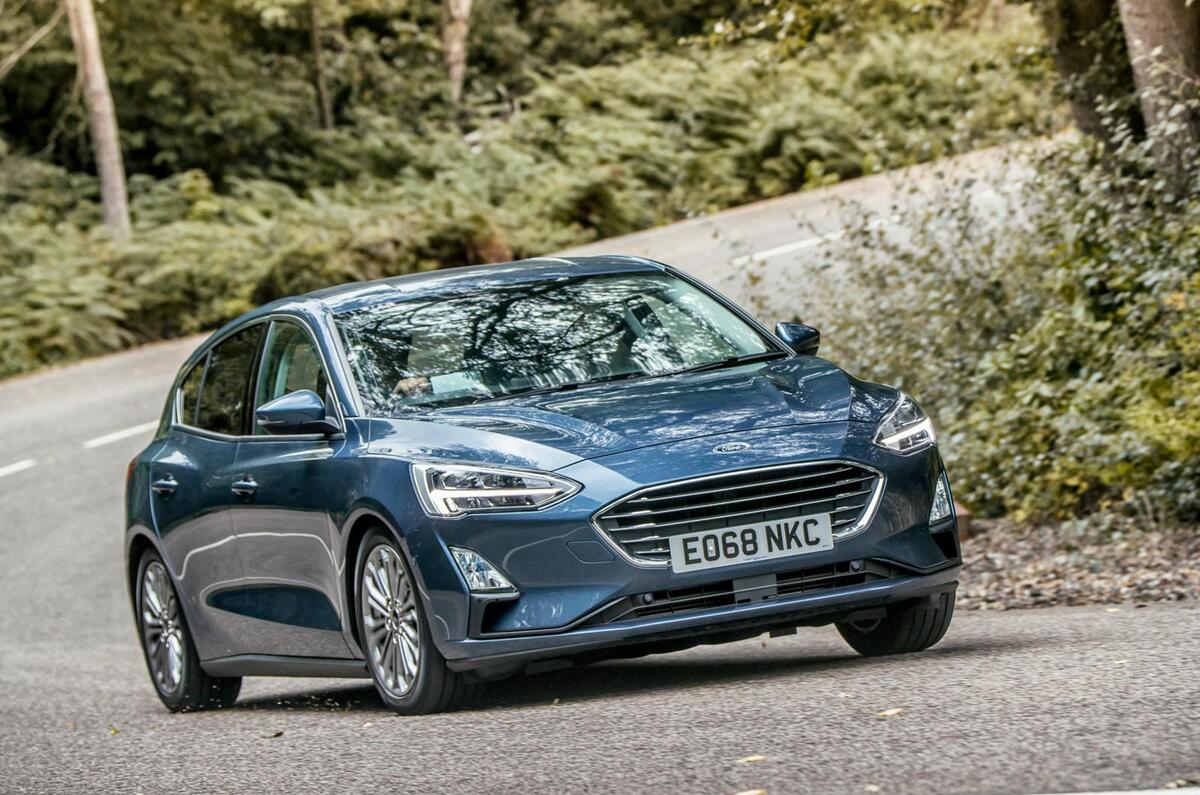
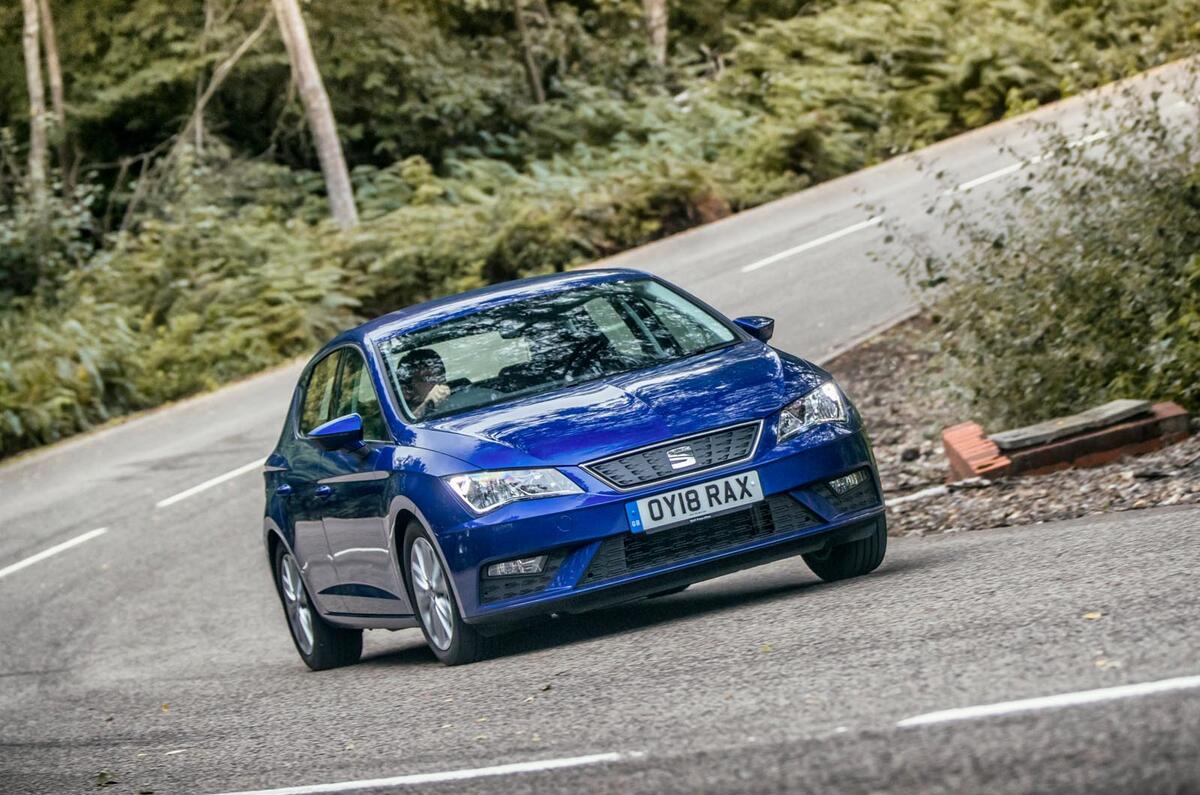
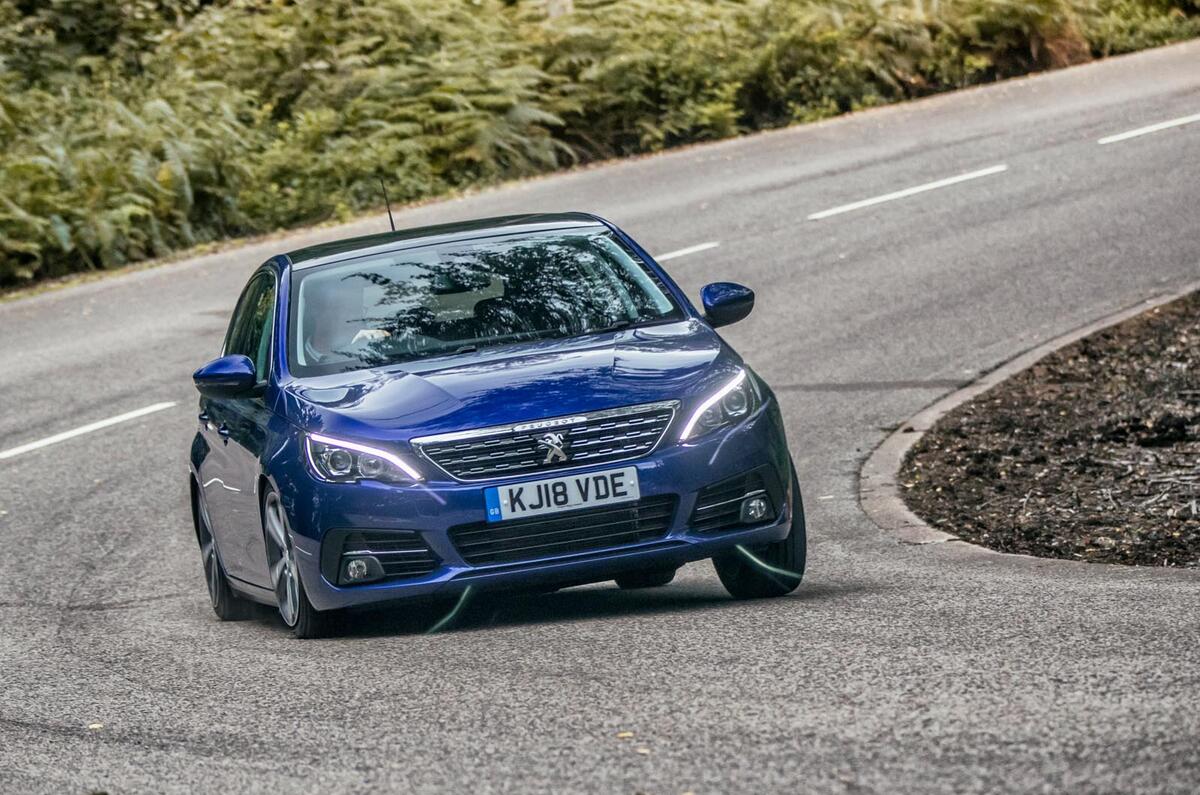
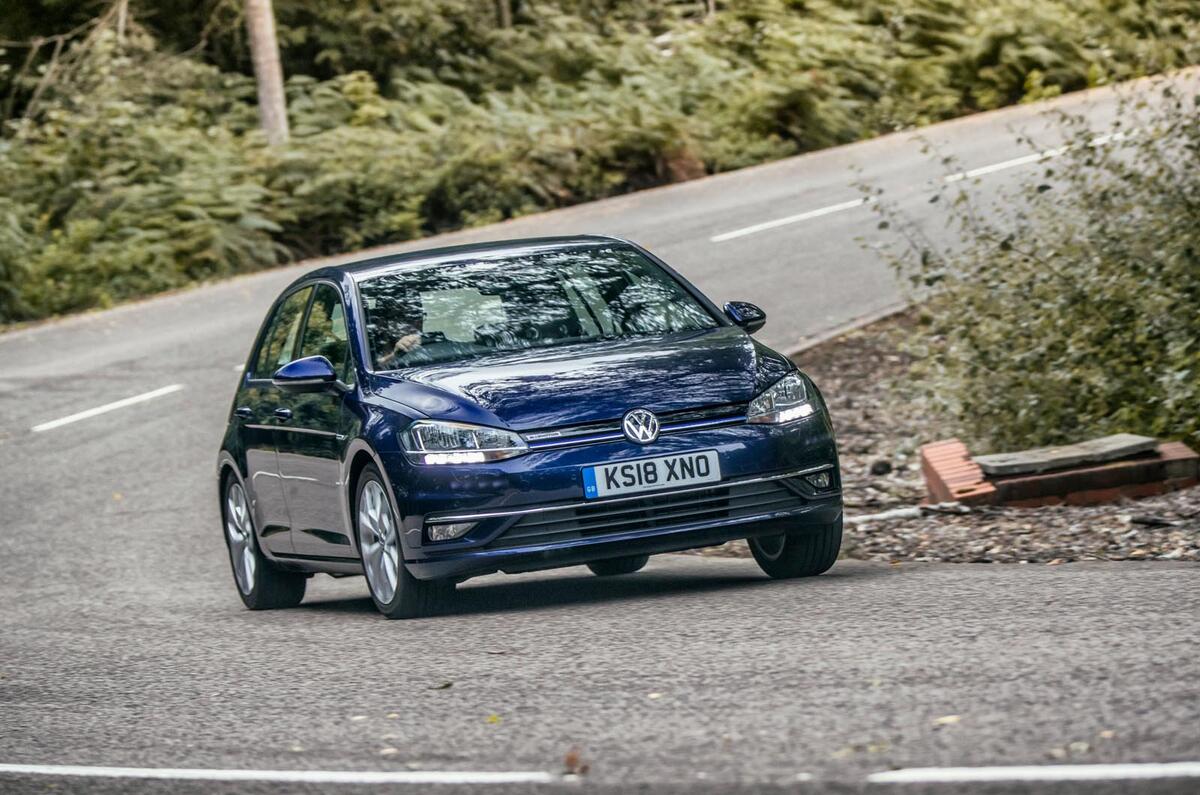
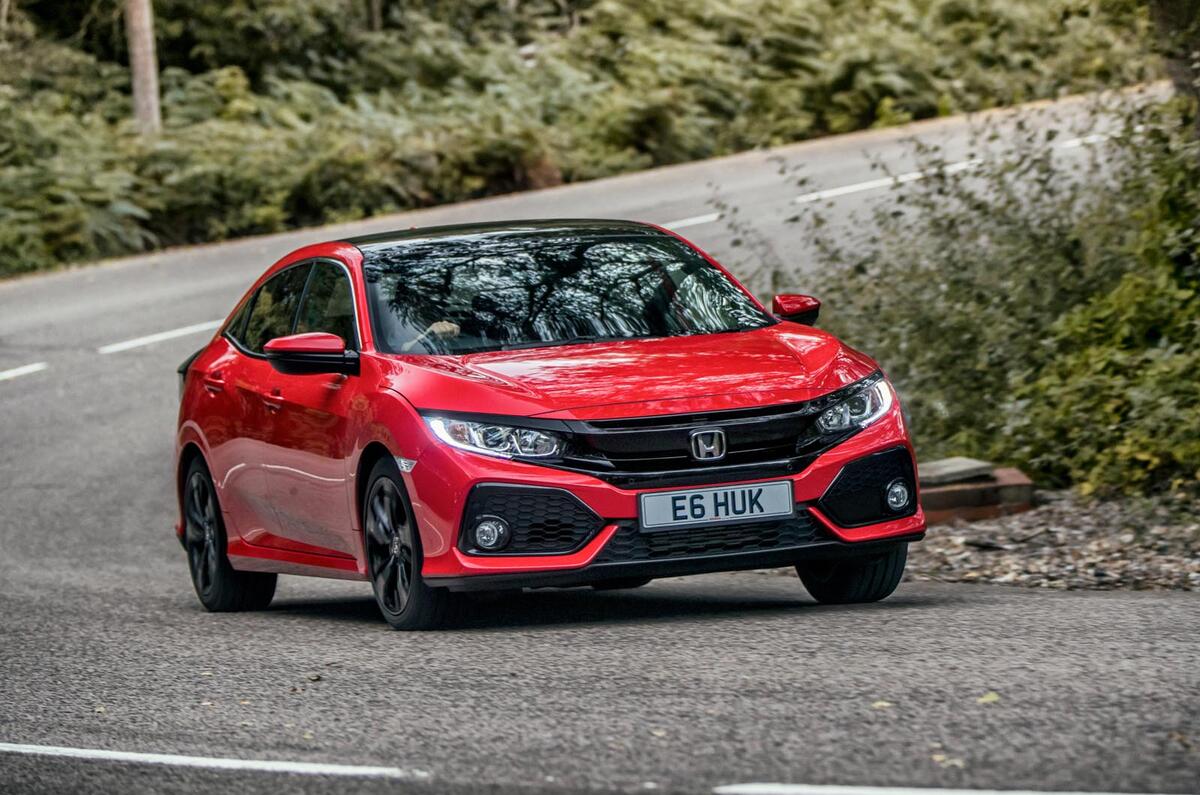
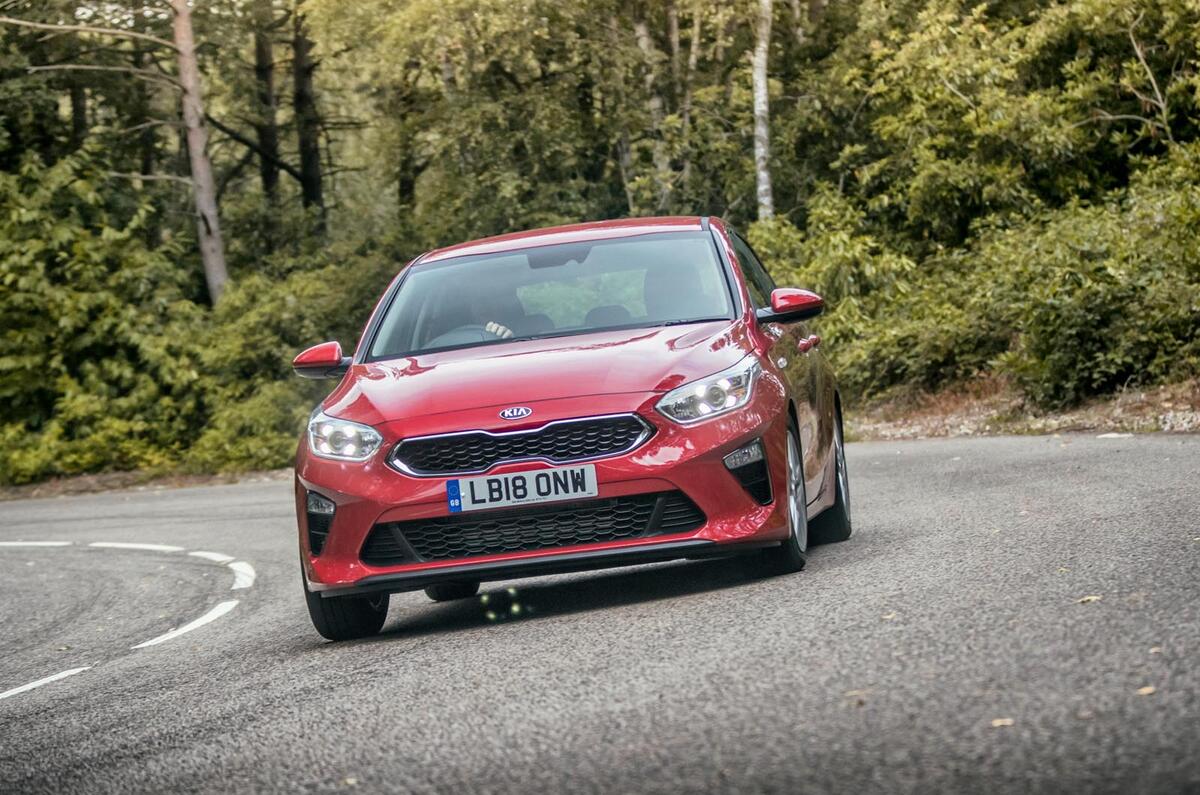
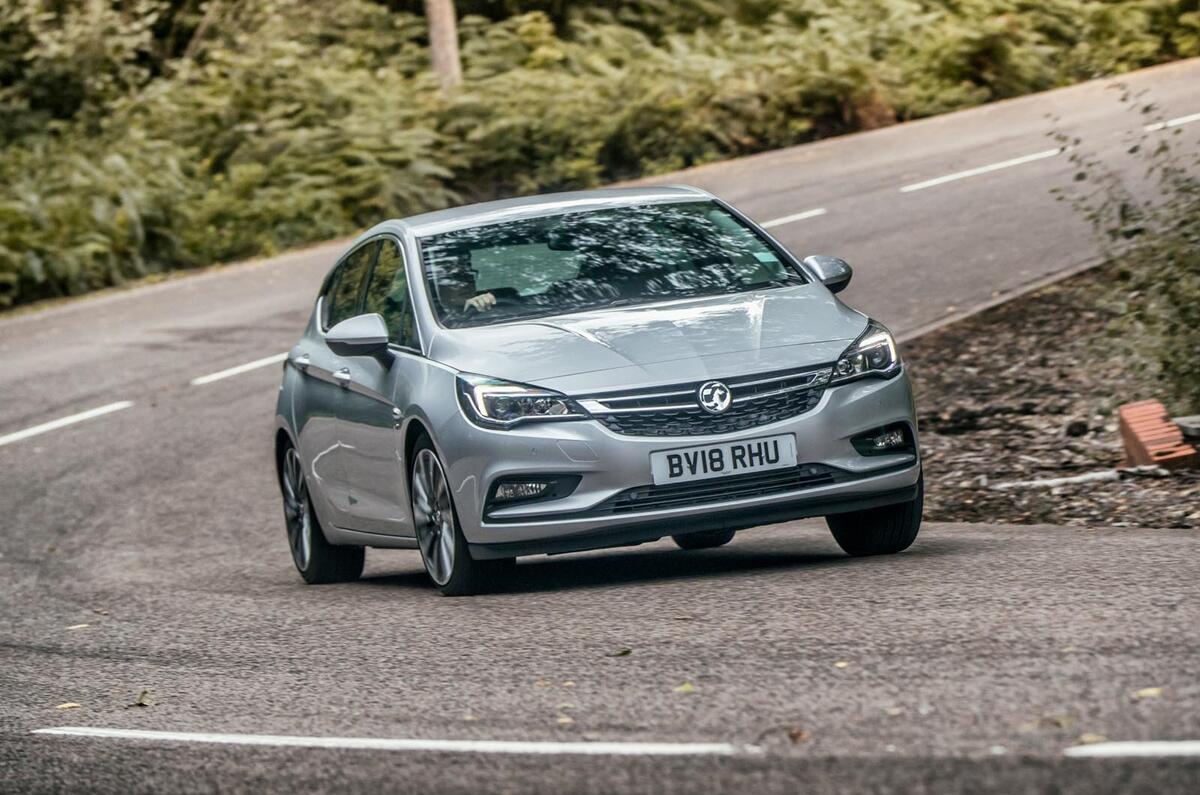
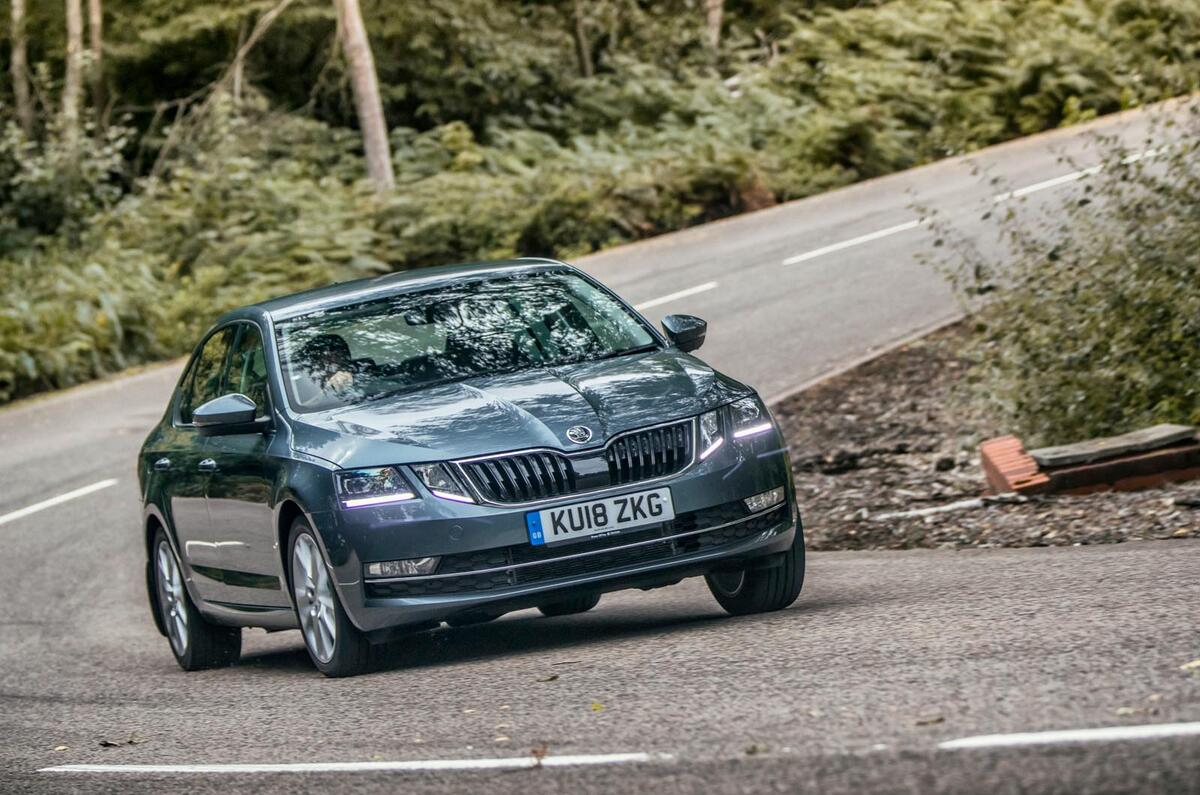
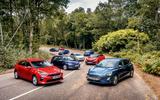

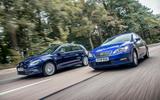

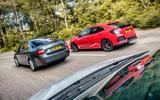

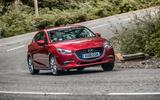
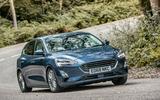
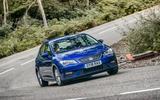
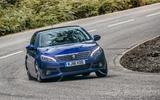
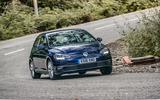



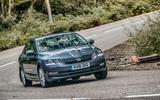

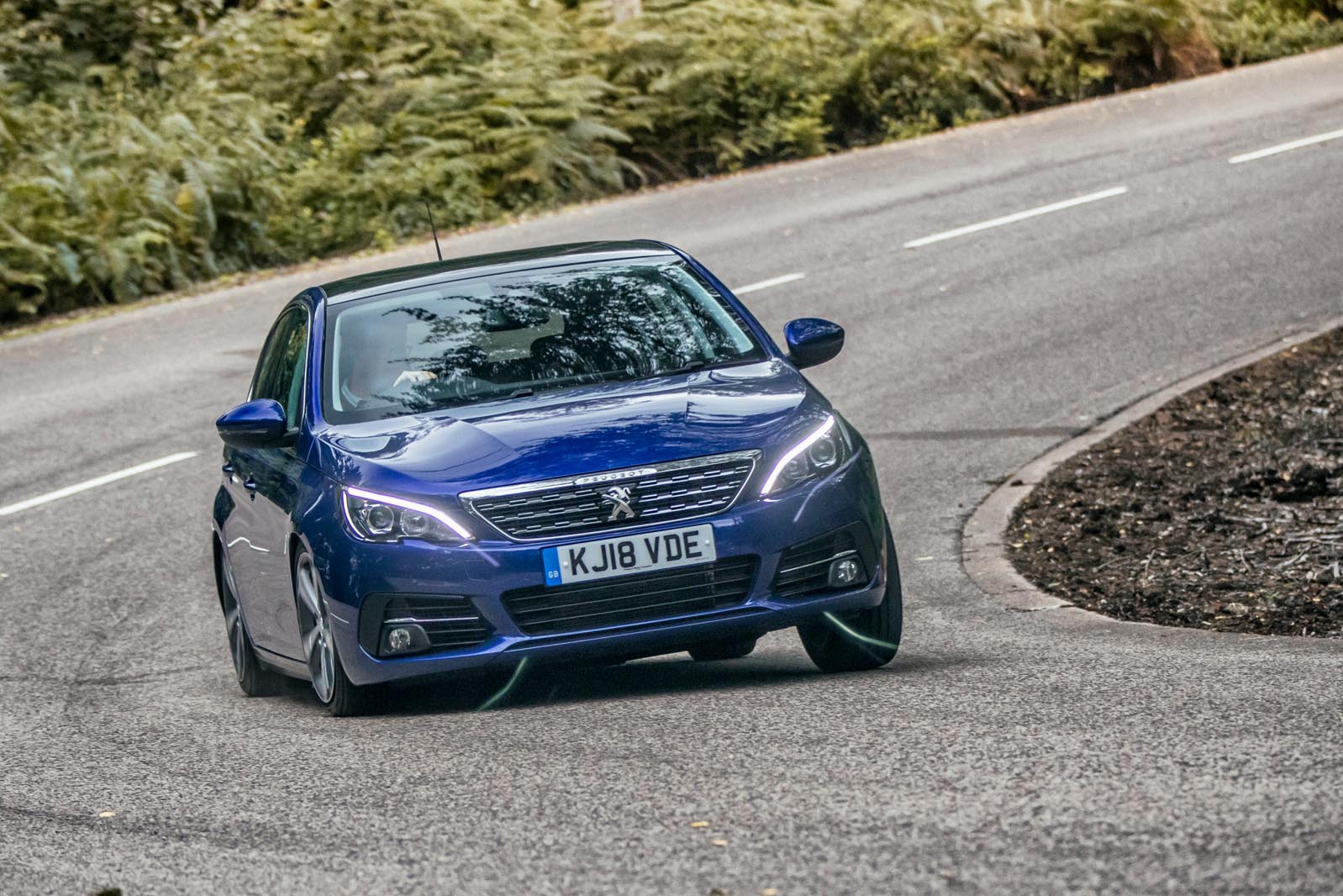 8th
8th 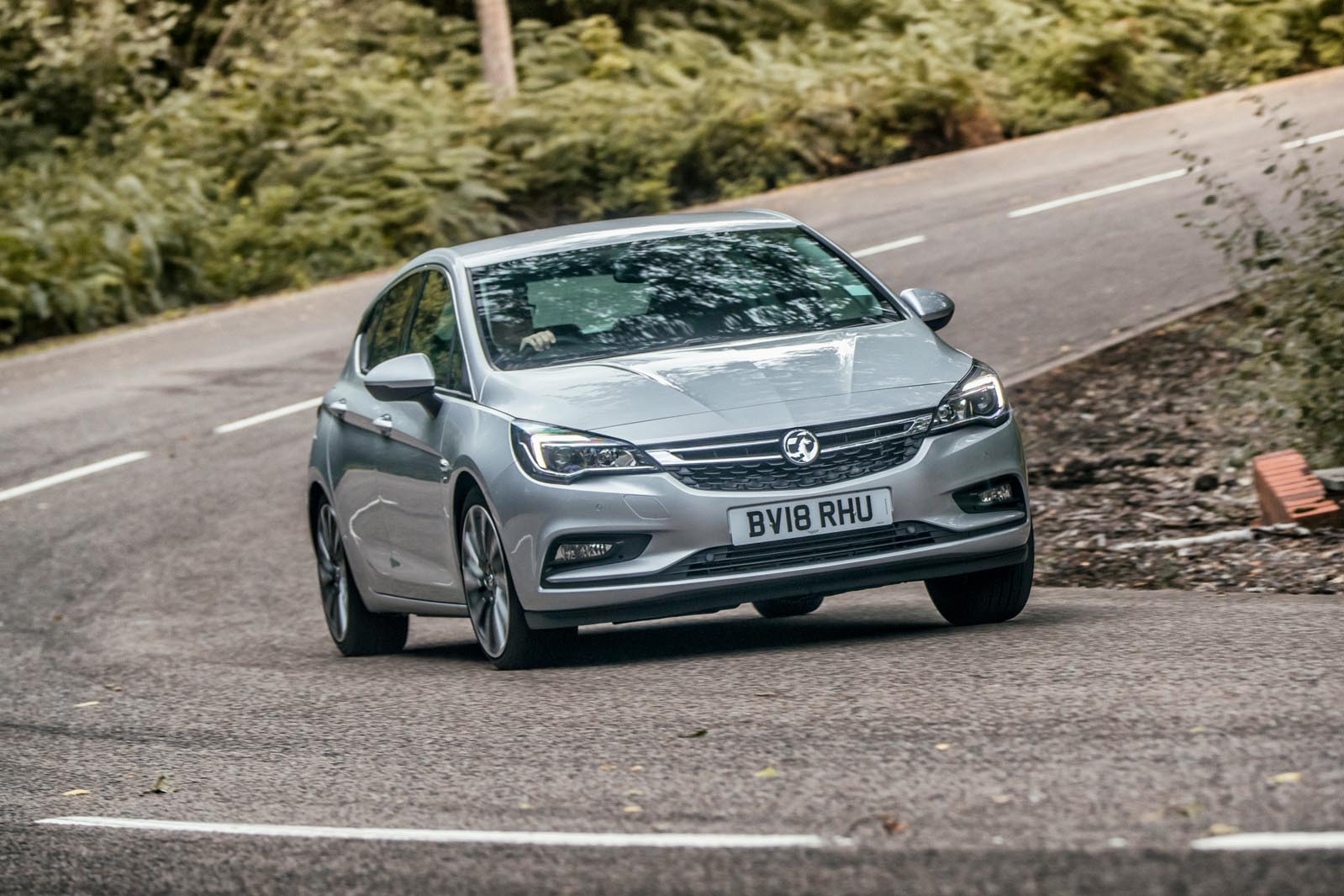 7th
7th 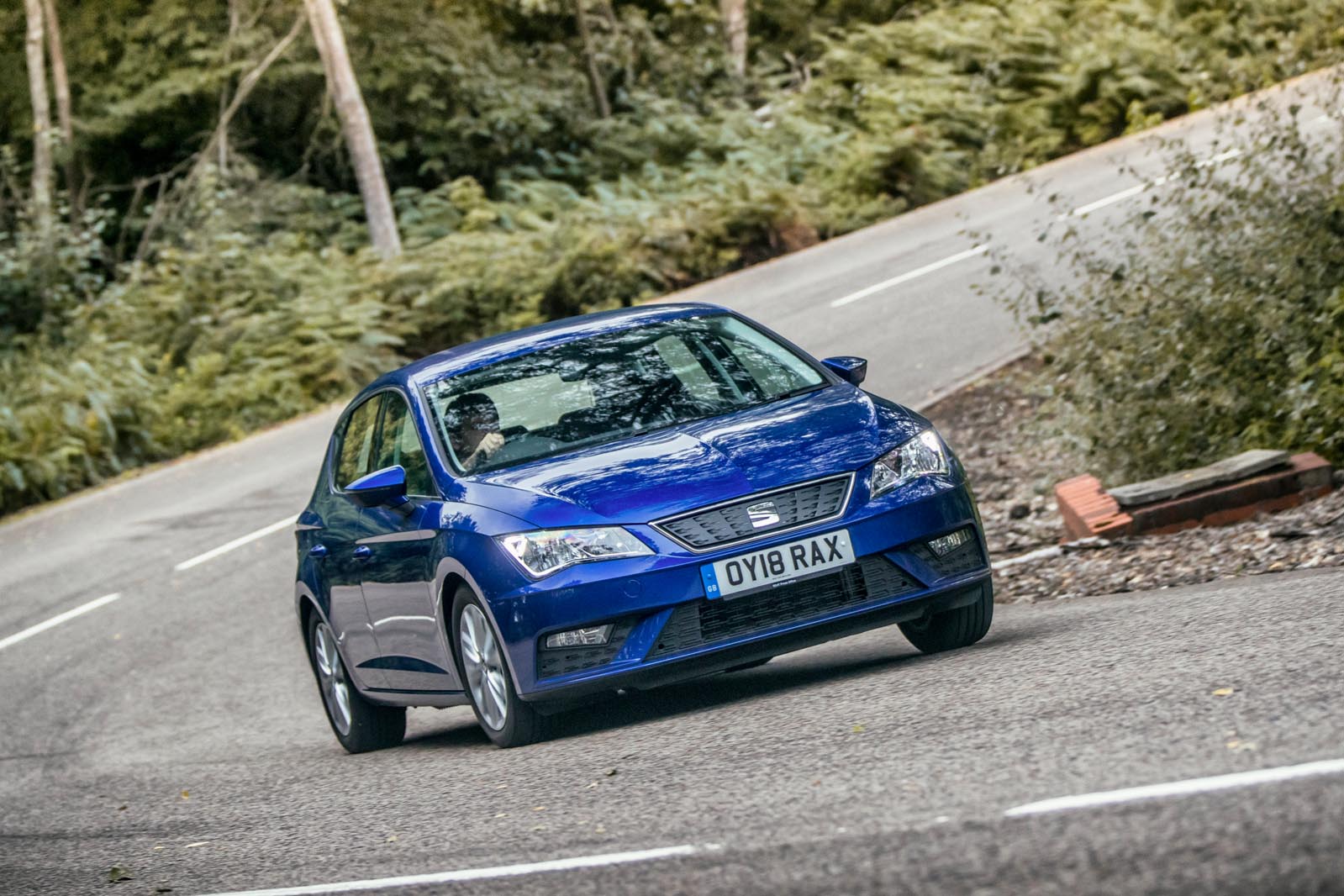 6th
6th 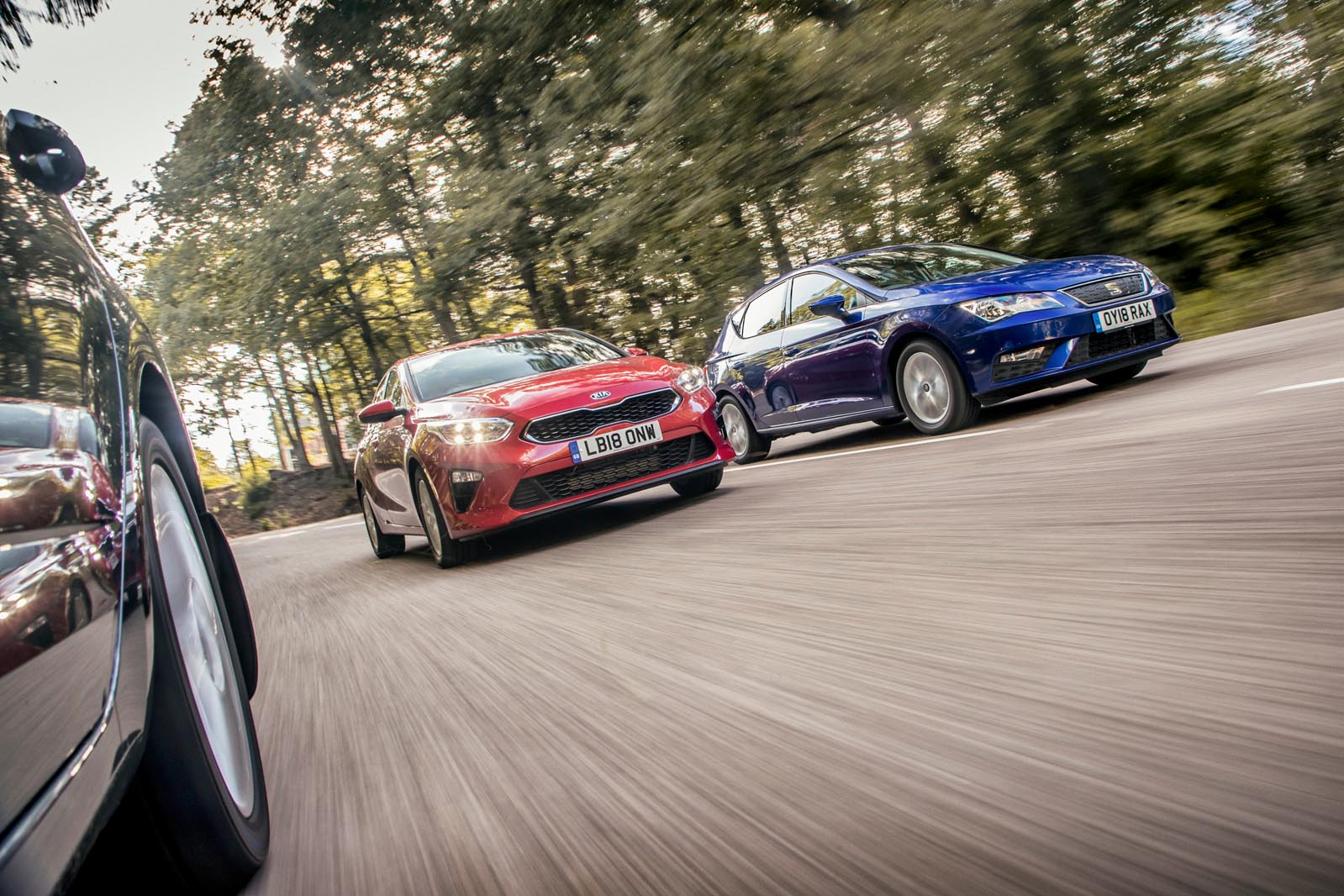 5th
5th 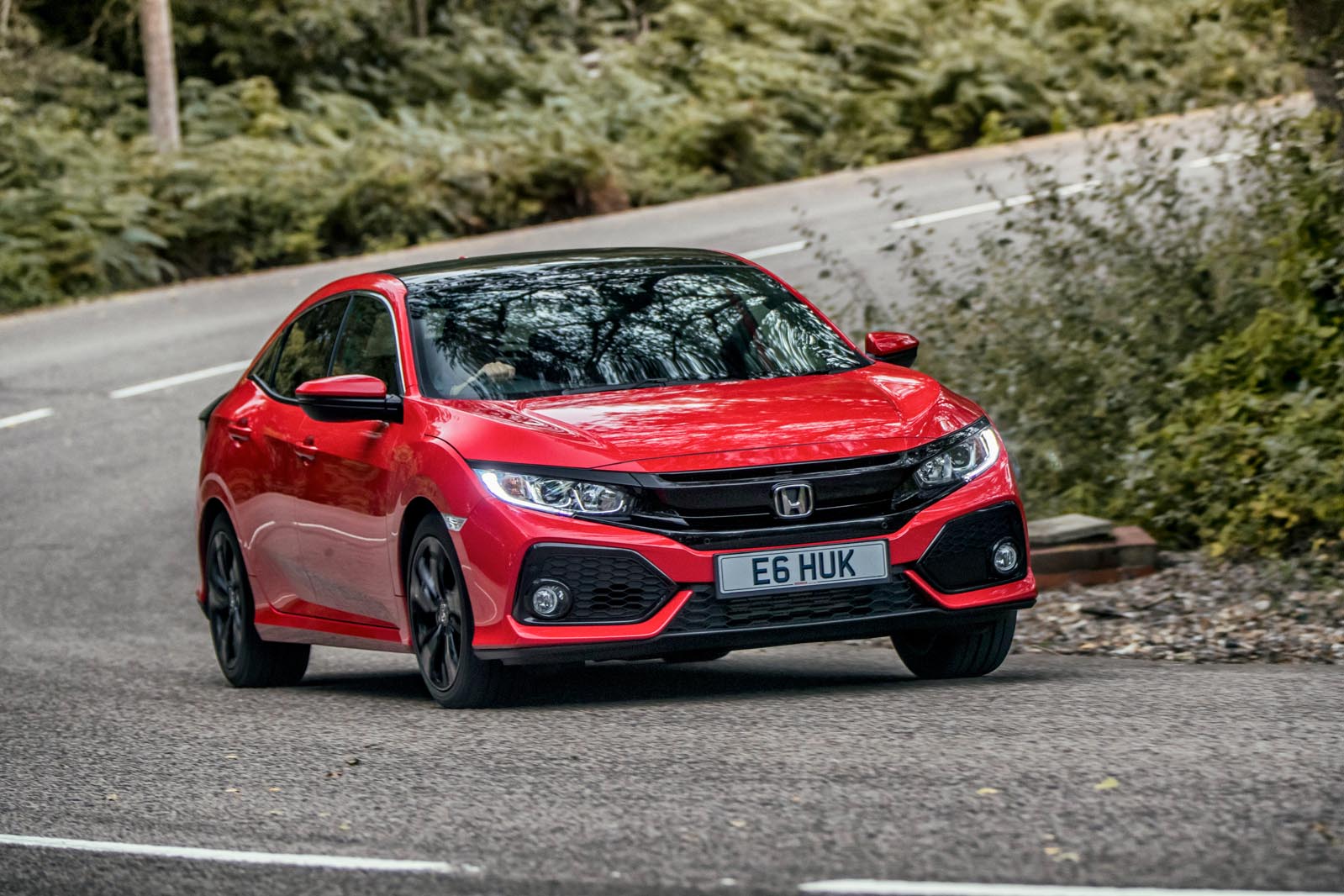 Tomorrow: We've narrowed the group down to a final four, so it's time to pick an overall winner
Tomorrow: We've narrowed the group down to a final four, so it's time to pick an overall winner




Join the debate
Add your comment
A Golf... and a Skoda... and a Seat...
all three on the same platform, being tested here, and the Renault Megane (and Toyota and Hyundai) missing, makes for a silly comparison test. Pretty epic fail.
Whilst it might be suggested
But who's reading this article?
I agree with the posters above that handling prowess is unlikely to be a priority for most family car buyers, but those buyers are more likely to read WhatCar than Autocar. Autocar cater for the motoring entusiast so their perspective is naturally going to be skewed in favour of driving pleasure. Also, with many families going for crossovers and SUVs, lots of cars in this class are bought by people who don't have kids but value the all round ability they offer and perhaps have more interest in how a car drives.